Travel tips for opera lovers – Weimar and Richard Strauss
Richard Strauss in Weimar
The series about historical places of opera art & culture. Get to know exciting excursion and travel ideas for opera lovers. This time: Richard Strauss in Weimar.
All Destinations on google maps with links to detailed Blogposts:
Richard Strauss in Weimar
In 1889 Strauss took up his post as second Kapellmeister in Weimar. Highlights were, firstly, the many Wagner performances by the passionate Wagner devotee.
And secondly, on May 10, 1894, Strauss was able to successfully premiere the opera “Hansel and Gretel” by the former Wagner assistant Humperdinck, in which Strauss’ later wife Pauline sang Hansel. The work was first performed on December 23 and has been considered a Christmas fairy tale ever since, even though the action is set in summer and the gingerbread is the only reminiscence of Christmas.
Pauline de Ahna also sang in the premiere of Strauss’s first opera, “Guntram,” first performed in Weimar. However, the knight opera, set in Wagnerian manner, was not a success, while his symphonic poems were. Strauss developed a steady concert schedule throughout Germany to get his tone poems on the playbills. In 1894, Pauline and Richard were married. They left Weimar and went back to Munich..
Pauline de Ahne, Strauss Ehefrau:
Richard Strauss in Weimar
In 1889 Strauss took up his post as second Kapellmeister in Weimar. Highlights were the many Wagner performances by the passionate Wagner devotee and, of course, on May 10, 1894 when Strauss premiered Hansel and Gretel” written by the former Wagner assistant Humperdinck , with Strauss’ later wife Pauline singing Hansel. Strauss also performed his first opera “Guntram” for the first time in Weimar, but it was not a success, while his symphonic poems were successful. In 1894 Strauss left Weimar for Munich.
National Theater Weimar:
https://www.nationaltheater-weimar.de/
Destination Altenburg
Liszt, together with his wife Carolyn von Sayn-Wittgenstein, made the Altenburg a cultural meeting place with European appeal for 17 years. Again and again celebrities found themselves in his salon, which became the center of the New Germans (with the initial Liszt and Wagner). Liszt lasted a long time in little Weimar, and the following bon mot made the rounds: “Old-Weimar is a large city with 13,000 inhabitants. New-Weimar is a small community, but it has 13,000 enemies” . When Liszt left Weimar and Altenburg, the entire interior, which held an immense amount of memorabilia, was dissolved and the Liszt House became a center of remembrance. Strauss worked for the reactivation of the Altenburg, but this project failed due to the approaching First World War. Later, the Altenburg became an offshoot of the Conservatory, but became a redevelopment case.
Altenburg:

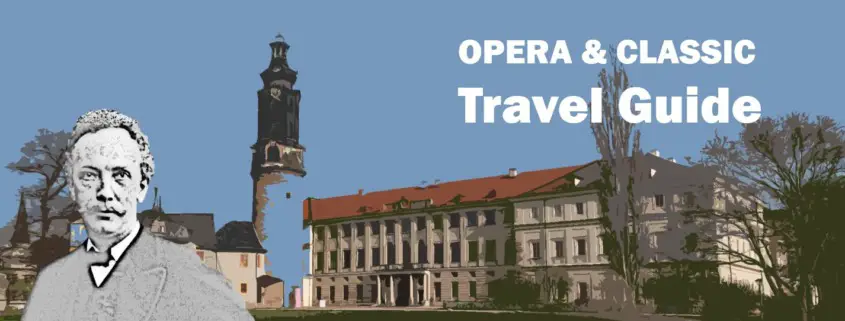
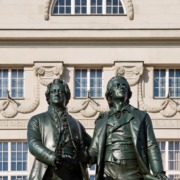
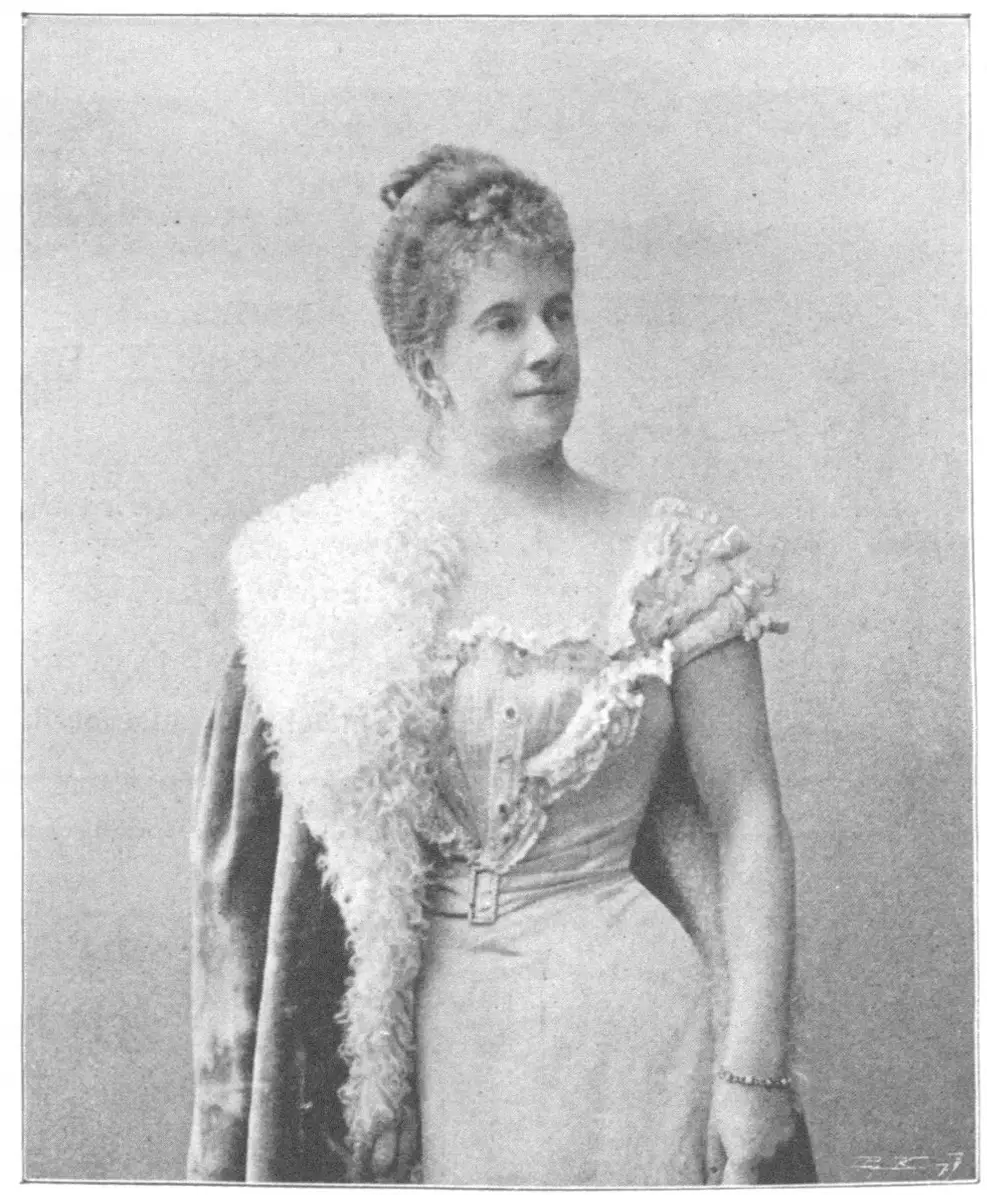
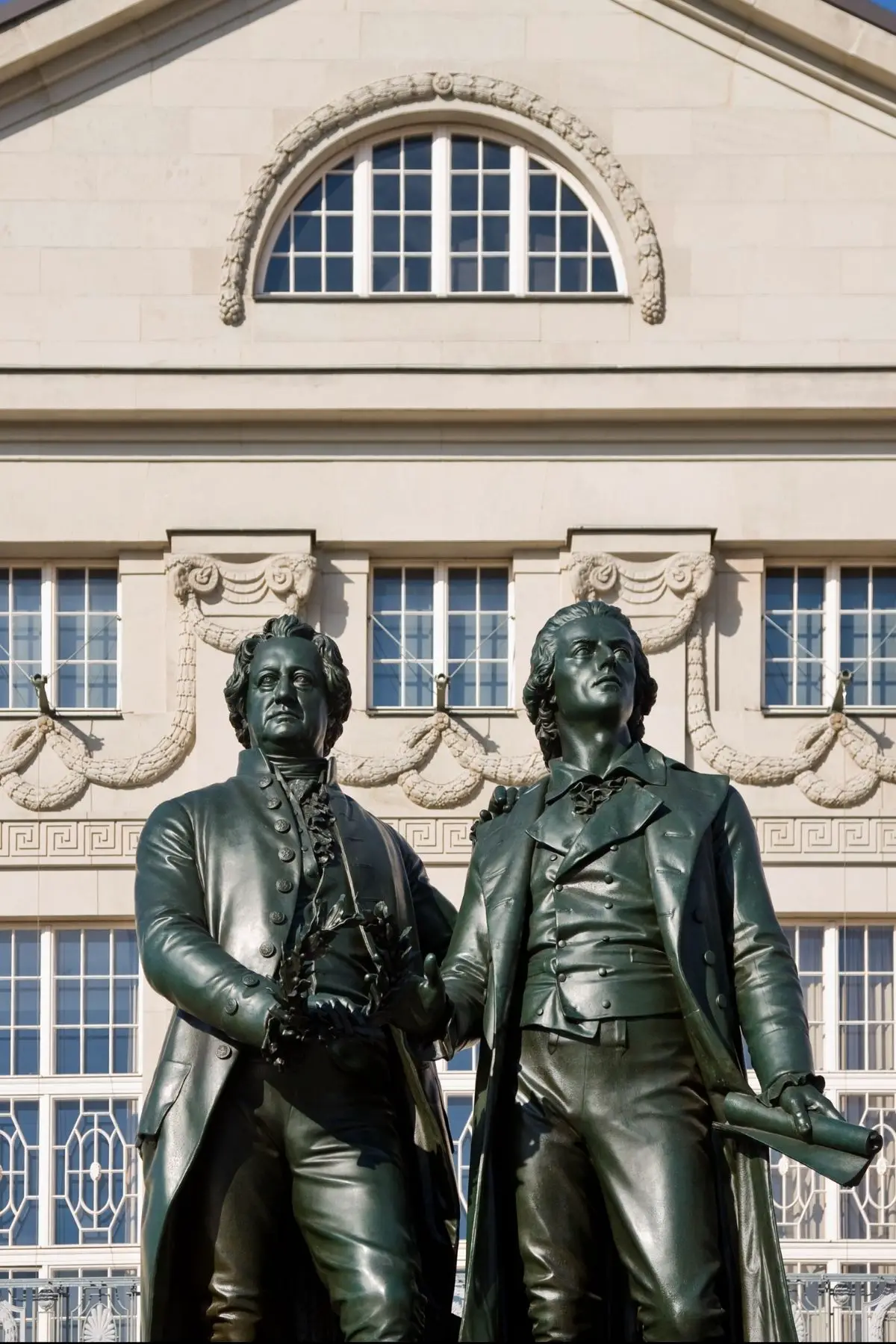
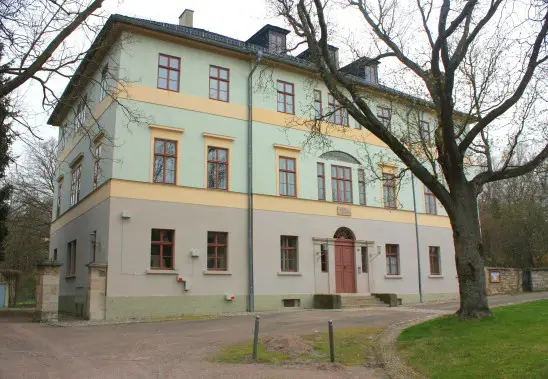


Leave a Reply
Want to join the discussion?Feel free to contribute!